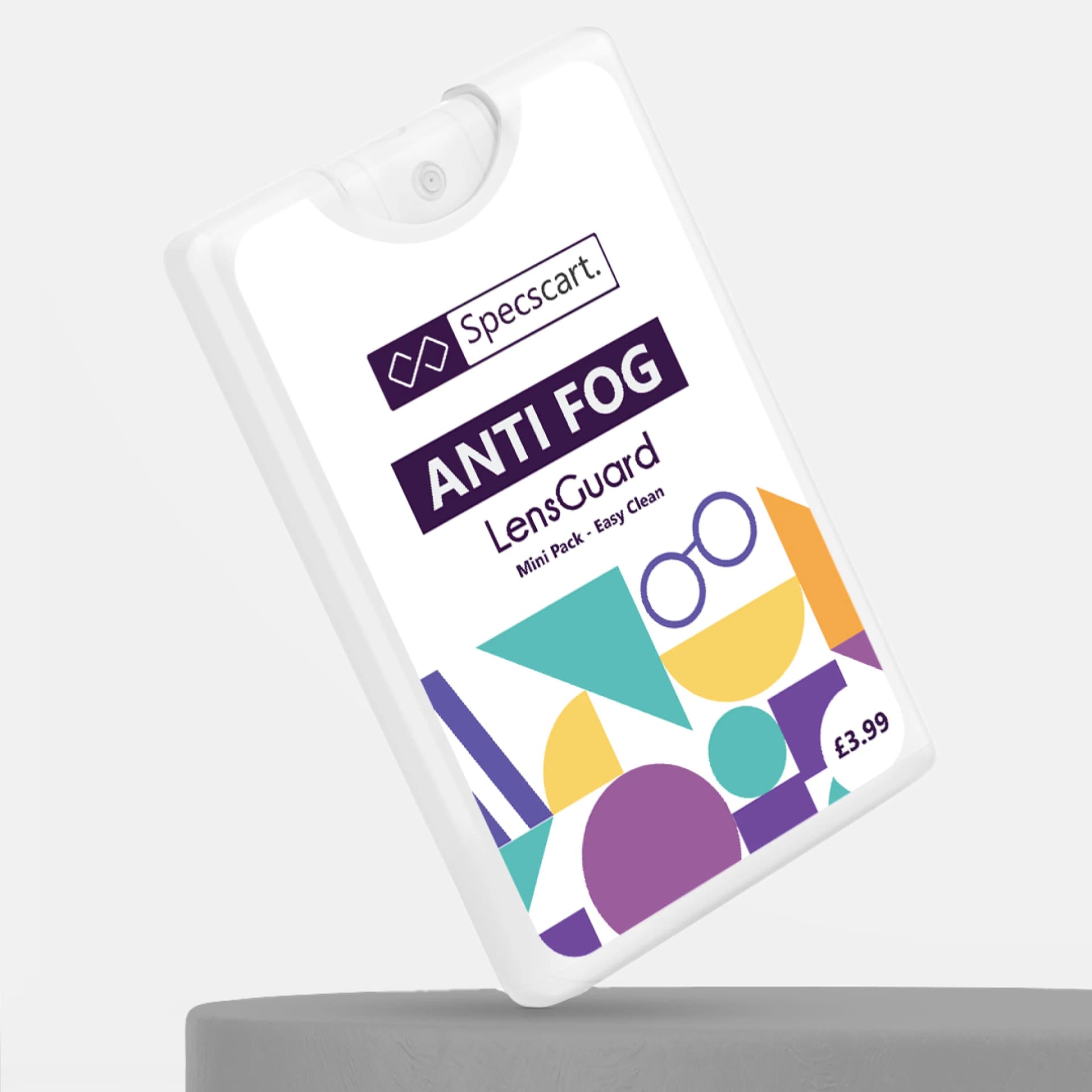Ptosis: Everything You Need to Know About Eyelid Drooping

Content Manager
Ptosis or blepharoptosis is the term for drooping of the upper eyelid that can happen in one or both eyes. Depending upon how much the eyelids droop, your vision can either be reduced or completely blocked. Although it can be triggered at any age, older adults are more susceptible to this condition due to the normal effects of ageing.
Eyelid ptosis can be completely genetic, or you may develop it later in your life due to an eye injury or disease. It can be present at birth due to a congenital abnormality known as congenital ptosis, and when it occurs later in life, it’s called acquired ptosis. In most cases, ptosis resolves on its own, while some may require medical intervention. In this blog, let’s understand eyelid drooping in detail.
Symptoms of Ptosis

The main symptoms of this eye disease that you will come across are the sagging of one eyelid (unilateral ptosis) or both upper eyelids (bilateral ptosis). This situation leads to other problems such as:
Poor vision
Watery eyes
Dry eyes
Eye pain
Headache
When you experience these symptoms, visit your optometrist or eye doctor to find out what’s the underlying reason behind it. If you get regular eye tests done, your optometrist might detect this condition early on.
If you experience a vision problem due to ptosis of the eye, you may have to tilt your head back to see clearly from the affected eye. Or you have to raise your eyebrow a little higher to lift your droopy eyelid.
Who is at Risk of Ptosis?
There are some medical conditions that put you at a greater risk of developing eye health problems, such as droopy eyelids.
Underlying disorders, such as blepharitis or meibomianitis, that mainly target your eyelids may result in ptosis.
Routine cataract surgeries are to be blamed for post-surgical eyelid ptosis as a result of iris stretching and inflammation of the eyelid.
The process of sagging eyes starts somewhere around your mid-40s as a consequence of the weakening of the eye muscles that hold the eyelids upwards.
This is why adults over the age of 40 must get regular eye tests to detect the most common age-related eye problems.
What Causes Ptosis?

Ptosis of the eye can be attributed to issues with the levators (muscles responsible for lifting up the eyelids). In some cases, this condition may arise temporarily due to a bacterial infection such as a stye.
Congenital ptosis that is present from birth may have genetic reasons behind it. Children with ptosis may have to deal with impaired vision and ‘lazy eye’ where the vision won’t develop completely. However, kids won’t show the eyelid droop as the levator muscles are not developed completely.
In young individuals, the damage to the eyelids may occur due to:
Excessive rubbing
Eye injury
Use of rigid gas-permeable contact lenses
Eye surgery
In the more severe cases, it may also crop up due to neurological issues or cancer of the optic nerves or muscles.
Treatment of Ptosis

Treatment for ptosis eyelid depends on the severity of the condition and the patient’s preferences. It generally involves surgery wherein the levator muscles are tightened and the extra fat or skin in the eyelid is removed.
If it has stemmed from the natural process of ageing or was present during birth, it’s not at all harmful to your health. In such cases, your doctor may advise you not to undergo the surgery.
If an underlying medical condition is found to be the culprit behind your sagging eyelid, you will likely be treated for that. It will prevent your eyelids from drooping further.
In the event of a visual block due to excessive drooping, you will need ptosis surgery. Or you will have to wear special glasses (ptosis crutches) that can hold up the eyelids. This option is preferred if your condition is only temporary or if you don’t qualify for surgery.
When to Seek Help?
A droopy eyelid is not an alarming situation. But if you experience the following, don’t hesitate to seek immediate medical help:
If your sagging eye is followed by the signs of stroke, such as blurry vision, headache, trouble talking and weakness of the facial muscles or arms & legs.
A sudden drooping of the eyelid, or if the condition grows too fast.
A droopy eye accompanied by eye redness, fever and rigid eye movements.
Eyelid ptosis may also change the way light is focused on your eyes. This can lead to astigmatism over time, and you will need prescription glasses to see clearly.
The Takeaway
Eyelid drooping is completely normal and harmless to your health. However, if it causes visual obstruction, consider having surgery and avoid driving until the problem is treated completely. It is best if you spot this problem in the development stage.
Caution: You may become style obsessed
Your way finder
2000+ Trendy Styles

Fashion Forward Sunnies



















































